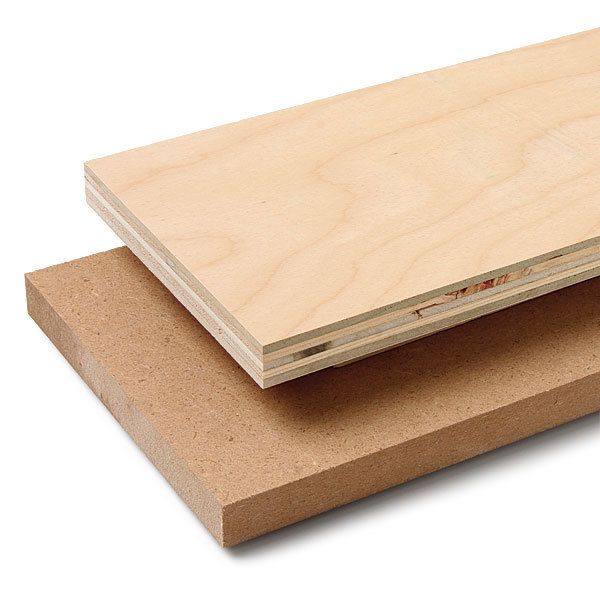
Q:
Following Thomas Schrunk’s advice on shopmade veneers (Q&A: When is Veneer Too Thick?, FWW #210), I am making a table with a veneer top. What’s the best material for the substrate?
Nic Beaumont, Cleveland, OH
A:
Medium-density fiberboard (MDF) is the best material for veneering, because it is uniform in thickness and density, and does not contain any internal voids. With MDF, what you see is what you get.
That’s not the case with plywood. The plies used to make the core are rotary-sliced—a knife cuts a thin, continuous sheet of wood from the circumference of the log as it is turned on a giant lathe. Rotary-cut plies create two problems. First, because the density of a tree’s grain can vary from one side of the tree to the other, the strength and density of the resulting ply is inconsistent. Second, the grain of a rotary-cut ply is largely plainsawn, which means it is more prone to move with changes in humidity and is less stable as a result.
The internal plies also might contain voids and defects that eventually could telegraph through the outer ply and show up in the veneer.
Fine Woodworking Recommended Products

Whiteside 9500 Solid Brass Router Inlay Router Bit Set

Bahco 6-Inch Card Scraper























Comments
I would suggest MDO (medium density overlay) also. It has the advantage of a smooth surface to glue to with the strength of plywood. It is more expensive, but if you need or prefer a stronger panel.
Log in or create an account to post a comment.
Sign up Log in